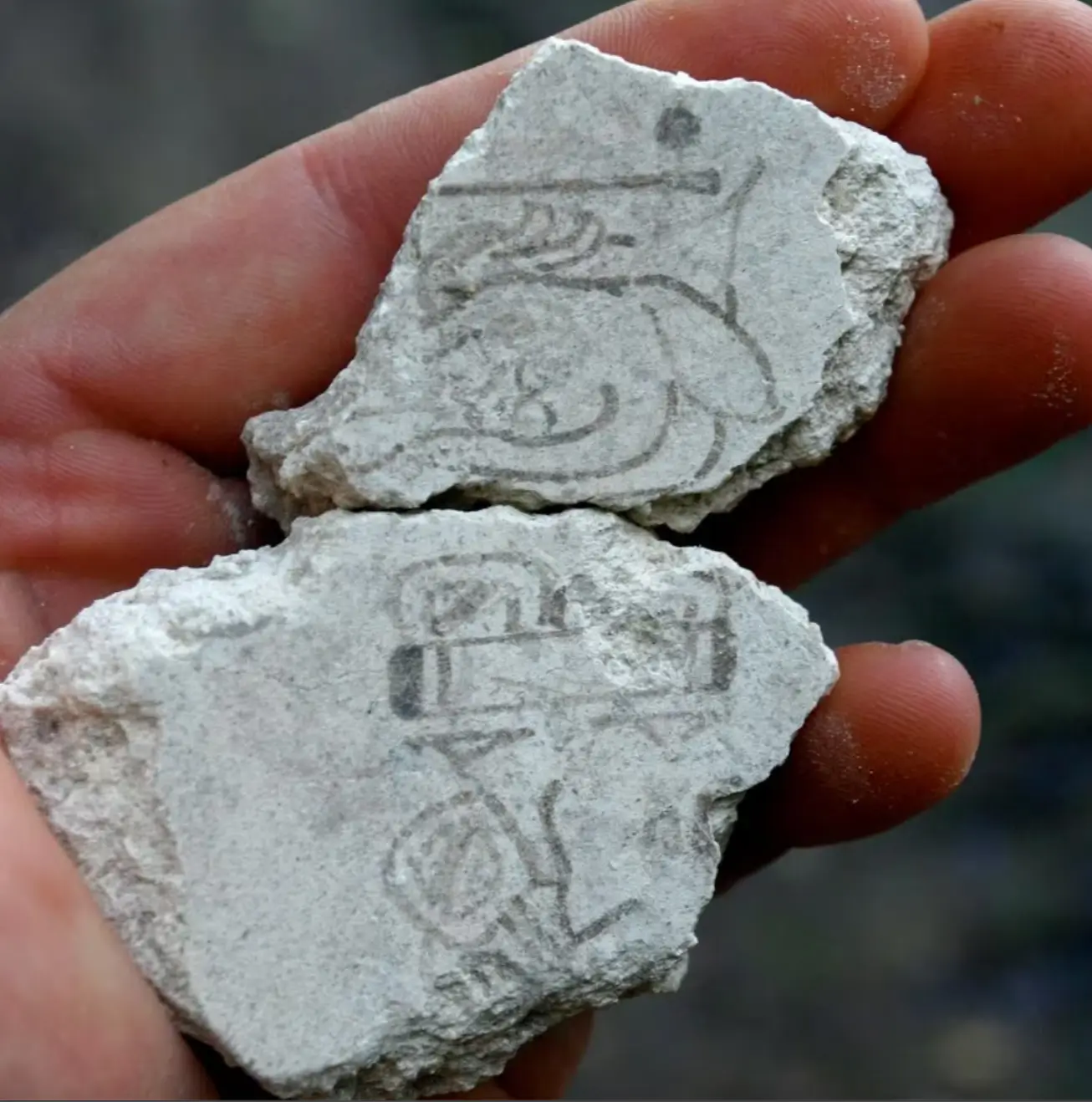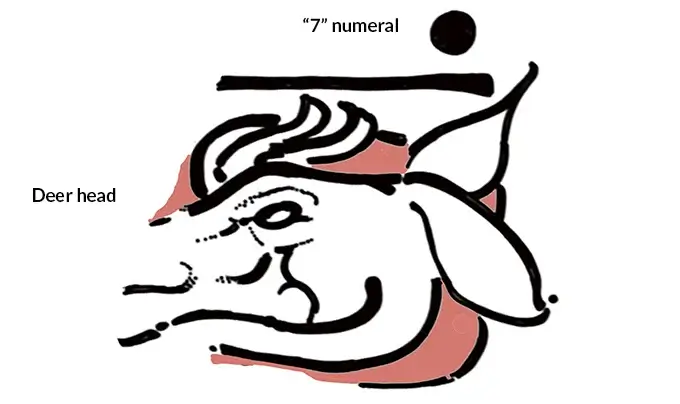
This Could Be The Earliest Evidence of A 260-Day Maya Calendar Ever Found
What a marvelous discovery!
By Carly Cassella | Science Alert
Among the fragments of an ancient Mesoamerican mural, archaeologists in Guatemala have uncovered the earliest unequivocal evidence of a Maya sacred calendar.
On one tiny fragment of a mural that once adorned the temple wall, traces of an animal’s head can be seen beneath a black dot and solid line – symbols representing ‘7 Deer’, one of the 260 days in the calendar.
Other historic records of this sacred calendar have been found in Central America before, but they have proved difficult to date with any accuracy.
The finding is a very rare example of a clear hieroglyphic day of the year, which was written sometime between 200 and 300 BCE, according to radiocarbon analysis.
That’s more than a thousand years older than other calendar hieroglyphs found elsewhere in Guatemala. And given how ‘mature’ the script appears, researcher’s suspect the calendar was in use long before this one date was written down.
“The evidence now suggests that we can no longer single out one region of Mesoamerica such as Oaxaca as ‘the’ point of origin for scripts or calendrical record keeping,” the authors of the study write.
“The situation would point to an even earlier origin of the calendar sometime during the Middle Preclassic, if not before, although the evidence remains indirect.”
The 7 Deer date was found among hundreds of other fragments in the foundations of the Las Pinturas pyramid, which is located in San Bartolo, Guatemala.
This pyramid is home to several layers of Maya history, each stacked on top of one another, stretching back to roughly 800 BCE.
The pyramid was the latest structure to be built on the site and is famous for hosting painted murals depicting Maya mythology.
Underneath the pyramid are several other structures that once stood in its place. In 2005, excavations below the fifth layer of construction revealed remnants of plaster walls, painted with hieroglyphs.
These scrawls are among the earliest evidence of hieroglyphic writing in the Maya region.
Now, subsequent excavations in the same layer have uncovered what is possibly the earliest evidence of a hieroglyphic calendar.
The recent discovery only strengthens calls for the painted murals of San Bartolo to be given Cultural Heritage status. The fragments of painted plaster were probably once part of a wall mural, with some surfaces covered in blended, coloured paints and others marked by black lines.
The 7 Deer date, for instance, is written in a black line style.
The Maya are known to have followed a 260-day sacred calendar that is still used by some indigenous communities today. Individual days on this calendar are named from 1 to 20 in a set order, and they repeat 13 times a year.
The day 7 Deer, for instance, is followed by a day 8 Rabbit, a day 9 Water, and a day 10 Dog.

The top fragment is a hieroglyph that clearly shows the head of a deer. Above this head, which is framed by a simple background, sits a bar-and-dot number 7.
The bottom fragment, which sits directly underneath the calendar, includes another hieroglyph of undescribed meaning. The vertical alignment strongly suggests the date above is acting as some sort of caption for what comes below.
It’s possible the deer could also represent a name, as sometimes Maya were named after calendar events (like the names April or August in English). Researchers, however, suspect it is more likely a date.

“The 260-day calendar has long been a key element in the traditional definitions of Mesoamerica as a cultural region, and its persistence in many communities up to the present day stands as a testament of its importance in religious and social life,” archaeologists write.
“Our ability to trace its early use back some 23 centuries stands as another testament to its historical and cultural significance.”
The study was published in Science Advances.
This article was originally published by Science Alert.
